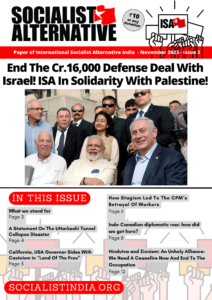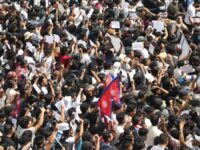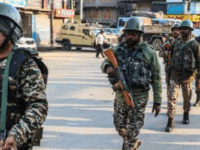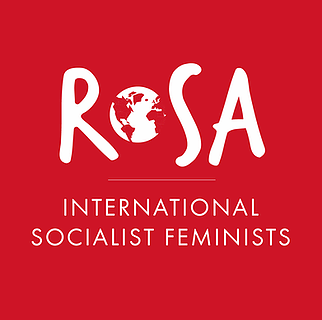Trump’s tariffs bring reality check to “Vishwaguru” image of Modi’s India
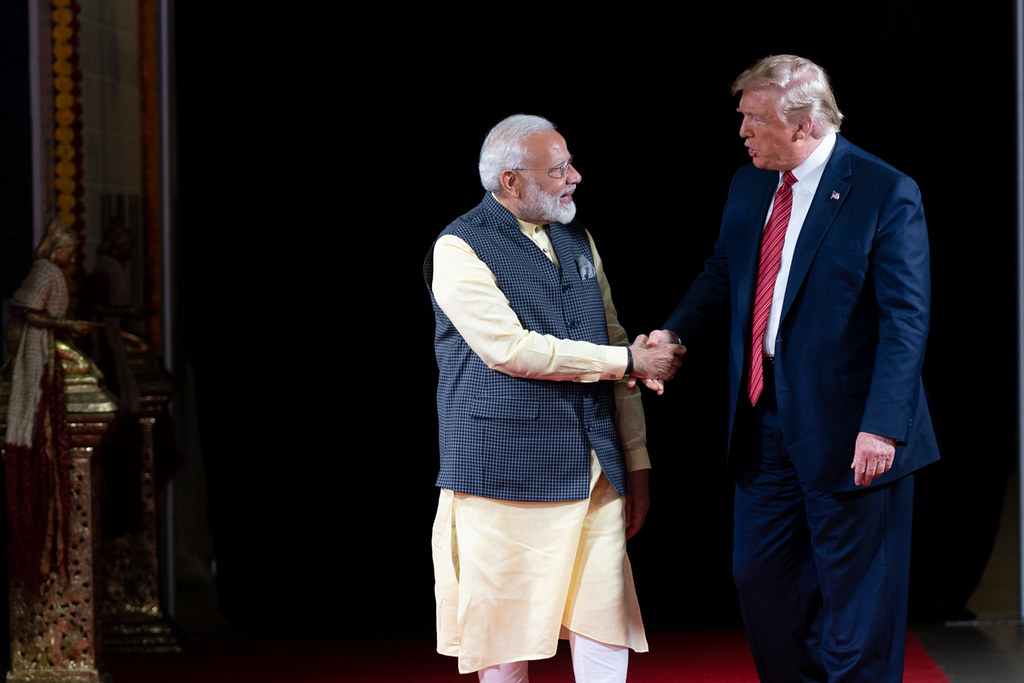
For all the talk of India’s “strategic autonomy”, Trump’s display of raw power on the global stage in recent weeks has brought Modi’s inflated global pretentions down to size. The latter’s bootlicking praise of Trump, far from countering that process, has only made it more obvious. Already when Modi visited Trump in Washington in February, no heavyweight official even showed up at the airport to greet him. As undocumented Indians —including children— were shackled in chains aboard a military deportation flight from the US, Modi’s response was, as an Al Jazeera commentator noted, “unusually meek and agreeable for the leader of a Hindu nationalist regime known for its muscular jingoism”.
Only two weeks ago, Modi was extolling Trump’s patriotism, claiming that the “nation first” policy practised by both India and the US “aligned well” and “fostered a natural synergy”. That claim was always logically flawed: if both leaders truly prioritise their own nations, their interests, while overlapping on some issues, by definition cannot be “aligned”. Recent events have made this brutally clear —and much to Modi regime’s embarrassment. On Thursday, Trump imposed a 27% tariff on Indian goods. For context, a recent study estimated that in the event of a blanket 25% US tariff on Indian imports, India’s GDP could take a $31 billion hit. Yet in contrast to the retaliatory responses from other traditional US allies such as the UE, Japan, or Canada, the response from the Indian government has been strikingly muted: no debate, no press conference, no official word on what the plans might be.
In the run-up to Trump’s tariffs announcement, India had already reduced its tariffs on some US goods. Modi thought that by buttering Trump up, the US president would return the favor. Now, his government is grappling with the realization that this flattering strategy has only invited further aggression from Washington. And yet, talks for a bilateral trade deal continue—one likely to lead to even greater market access for American imports. Modi, in its capacity as the executive representant of Indian big business, has little other choice. Like many other Asian countries, India simply hasn’t the economic leverage to strike back due to its weaker position and structural dependence on the US market as a central export destination.
At home, Modi poses as a muscular defender of national pride and roars about India’s growing “Vishwaguru” (global teacher) status under his leadership; yet when Trump delivers a blow, he turns the other cheek. This episode lays bare the gap between nationalist rhetoric and reality: notwithstanding all the BJP’s bombast about India’s cementing its place as the world’s fifth-largest economy and a would-be superpower claiming a seat a the high table, its actual clout remains limited, and ultimately subordinate to the major imperialist powers.
Predictably, pro-Modi economists and commentators who spent months insisting that Trump’s trade policy would benefit India are trying to spin the new tariffs as a win —pointing out that they are lower than those imposed on Vietnam, Bangladesh, or Sri Lanka. This is like calling a punch in the gut a handshake just because it isn’t a kick in the face, but the hit still leaves you in pain. And it is the poorest—workers, farmers, the unemployed— who will feel it the most. Because this trade war is not fought on equal terms —not at home, nor globally.
